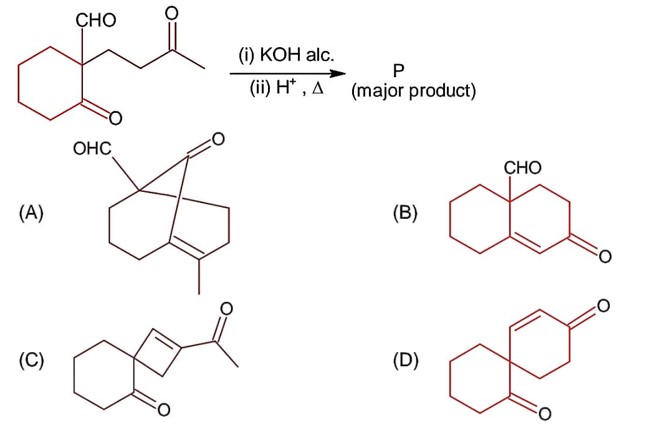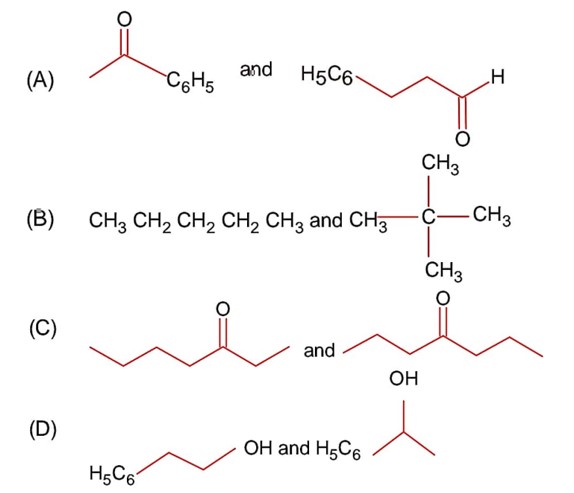Chemistry NCERT Exemplar Solutions Class 11th Chapter One
Get insights from 66 questions on Chemistry NCERT Exemplar Solutions Class 11th Chapter One, answered by students, alumni, and experts. You may also ask and answer any question you like about Chemistry NCERT Exemplar Solutions Class 11th Chapter One
Follow Ask QuestionQuestions
Discussions
Active Users
Followers
New answer posted
3 months agoContributor-Level 10
Due to the larger acid dissociation constant (Ka) sulphuric acid acts as an acid and HNO3 acts as a base.
New answer posted
3 months agoContributor-Level 10
for AgCl ppt1,
For Ag2CrO4ppt2,
Being lower concentration of [Ag+] in case of AgCl, it will precipitate first.
New answer posted
3 months agoContributor-Level 10
Regarding industrial consumption of H2 manufacturing of NH3 is the largest applications.
New question posted
3 months agoNew answer posted
3 months agoContributor-Level 10
Due to the absence of acidic hydrogen in But – 2-yne, metallic sodium does not react with this.
New question posted
3 months agoNew answer posted
3 months agoContributor-Level 10
In metamers, distribution of alkyl groups are changed with respect to polyvalent functional groups.
New answer posted
3 months agoContributor-Level 10
ln
ln
only one electron is unpaired in anti bonding MO,
Hence [n = 1 and
New question posted
3 months agoTaking an Exam? Selecting a College?
Get authentic answers from experts, students and alumni that you won't find anywhere else
Sign Up on ShikshaOn Shiksha, get access to
- 65k Colleges
- 1.2k Exams
- 681k Reviews
- 1800k Answers


